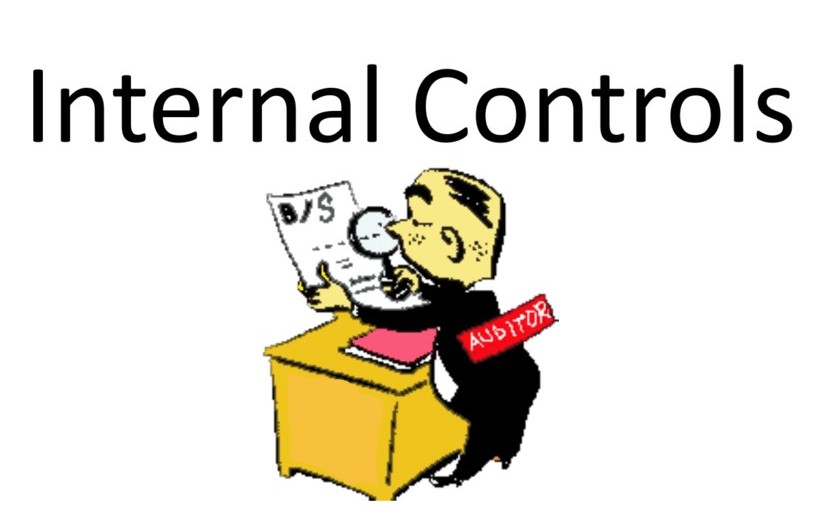
The 5 Key Components of Internal Controls
The definition of Internal Control is defined as “The mechanisms, rules, and procedures implemented by a company to ensure the integrity of financial and accounting information, promote accountability, and prevent fraud.”
Internal Controls are accounting and auditing processes used to ensure the integrity of financial reporting and regulatory compliance. Internal Controls help organization’s stay in compliance, prevent fraud and improve operational efficiencies.
There are 5 Components of Internal Controls:
Control Environment
The control environment sets the tone of organization and its commitment to ethical practices and the integrity of the organization while influencing the effectiveness of all components of internal controls.
Risk Assessment
Identify and analyze risks and their potential impact to the organization
Control Activities
Ensure processes and risk responses are effectively carried out according the policies and procedures of the organization.
Information and Communication
Refers to the systems and processes used to identify, capture, and communicate relevant information to internal and external stakeholders, such as financial reporting and compliance requirements.
Monitoring
Internal Control systems must be monitored overtime to assess the quality and effectiveness of the processes.
Regular Inspection and on-site Inventory of Capital Assets is a strong process for Internal Controls. Annual updating of assets including new purchases, capital projects and disposals is also an important process for compliant financial reporting according to GASB 34.
In conclusion your organization should create and perform comprehensive processes that support the organization’s Internal Controls.